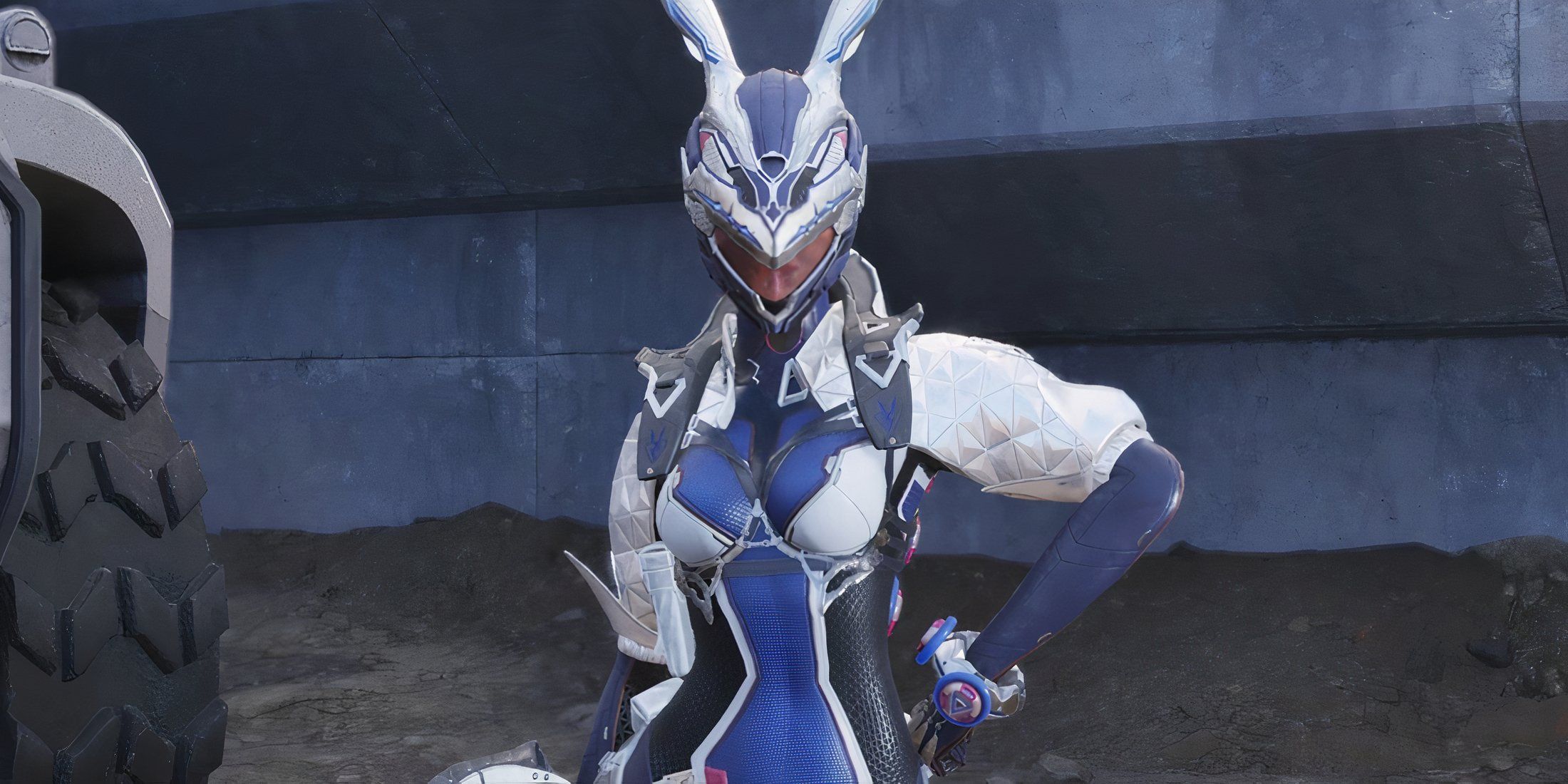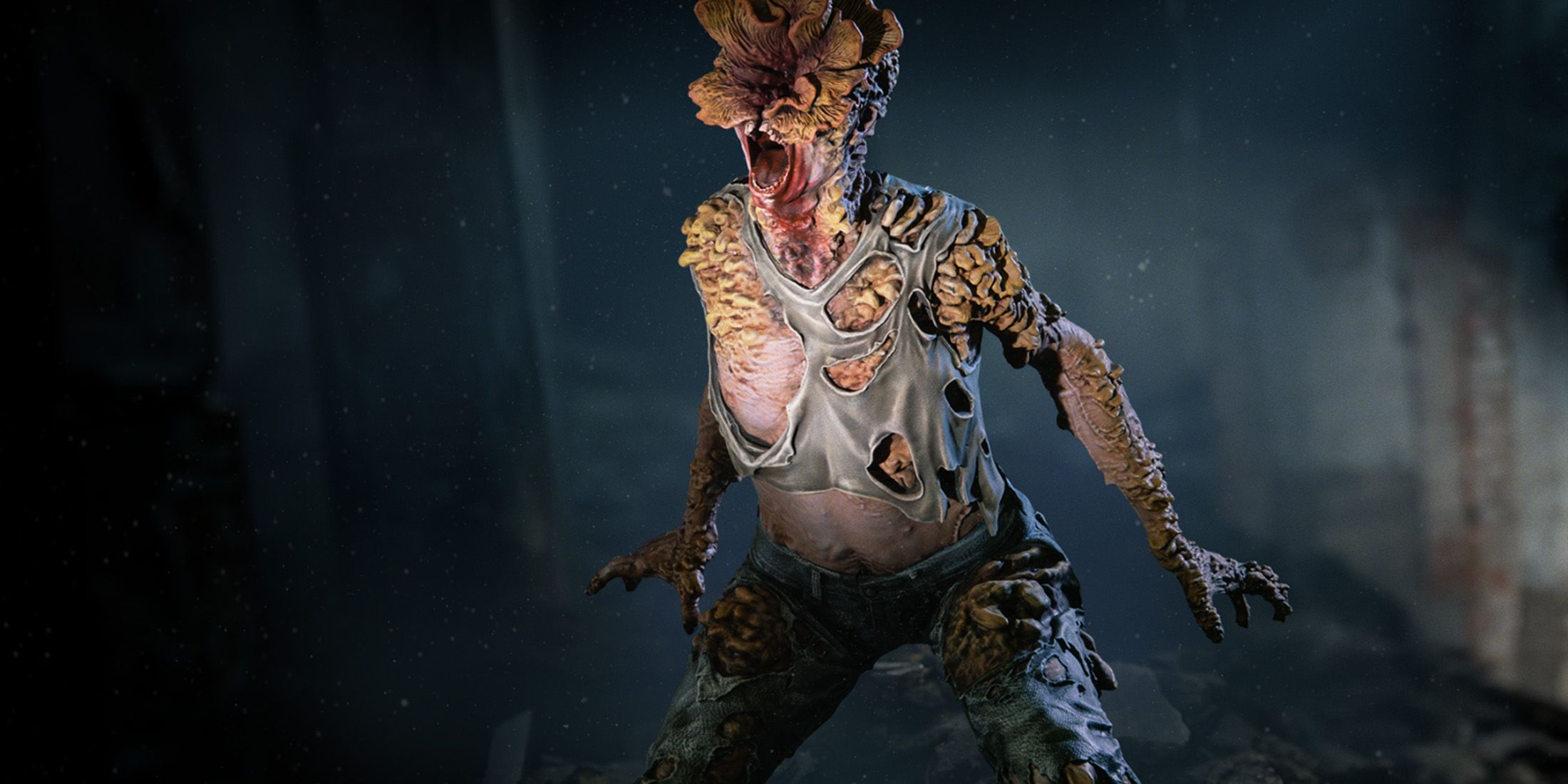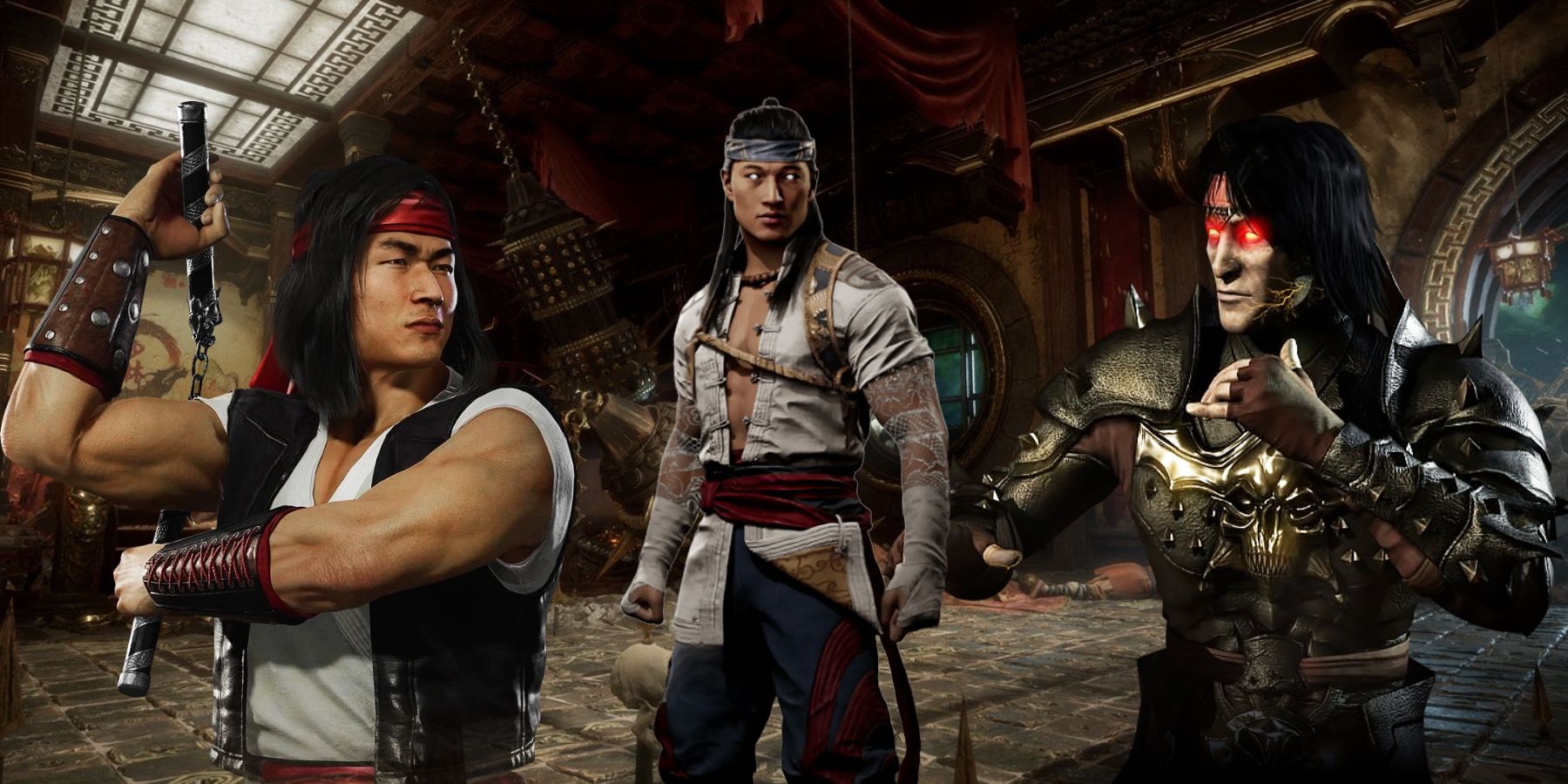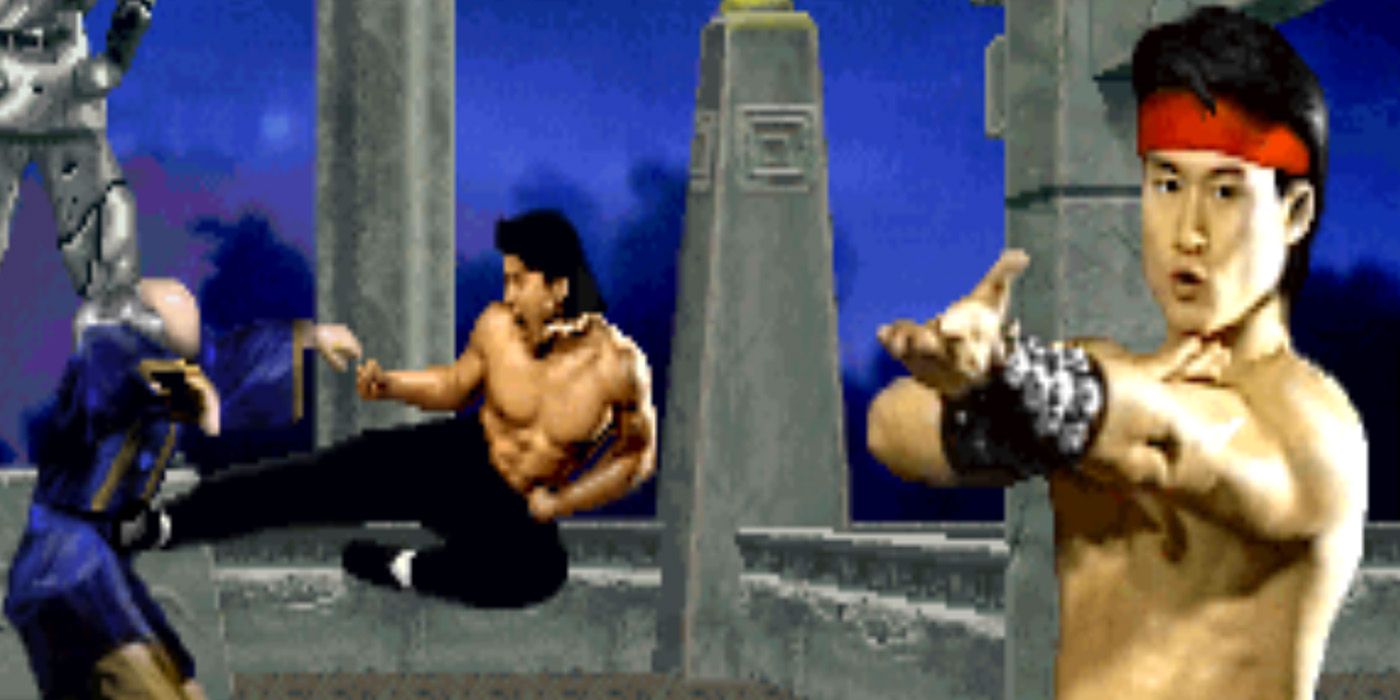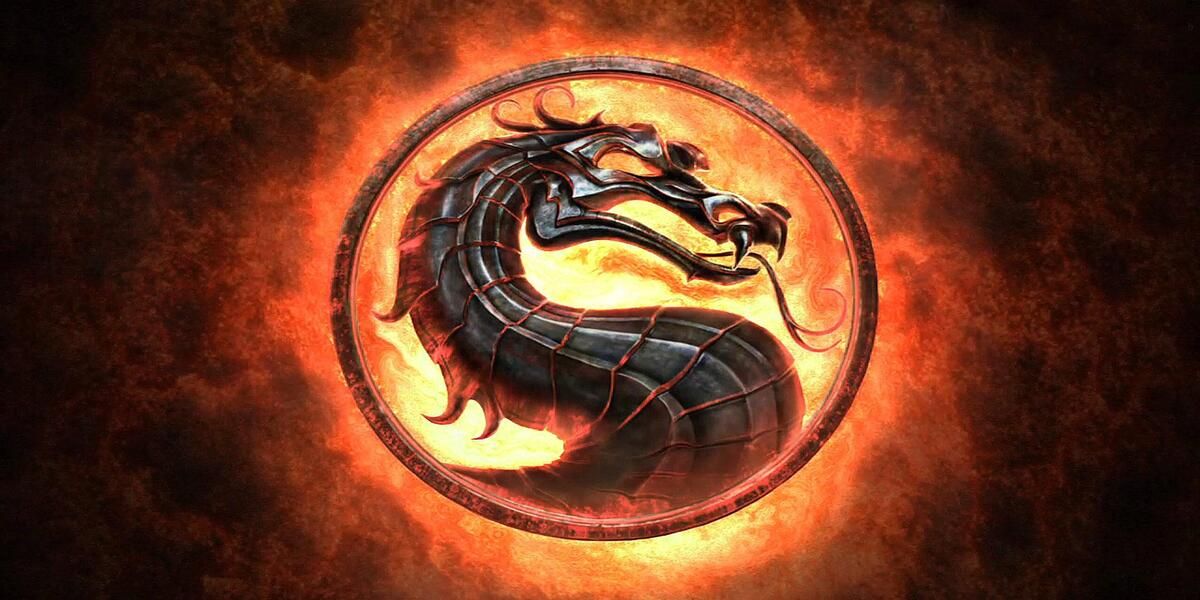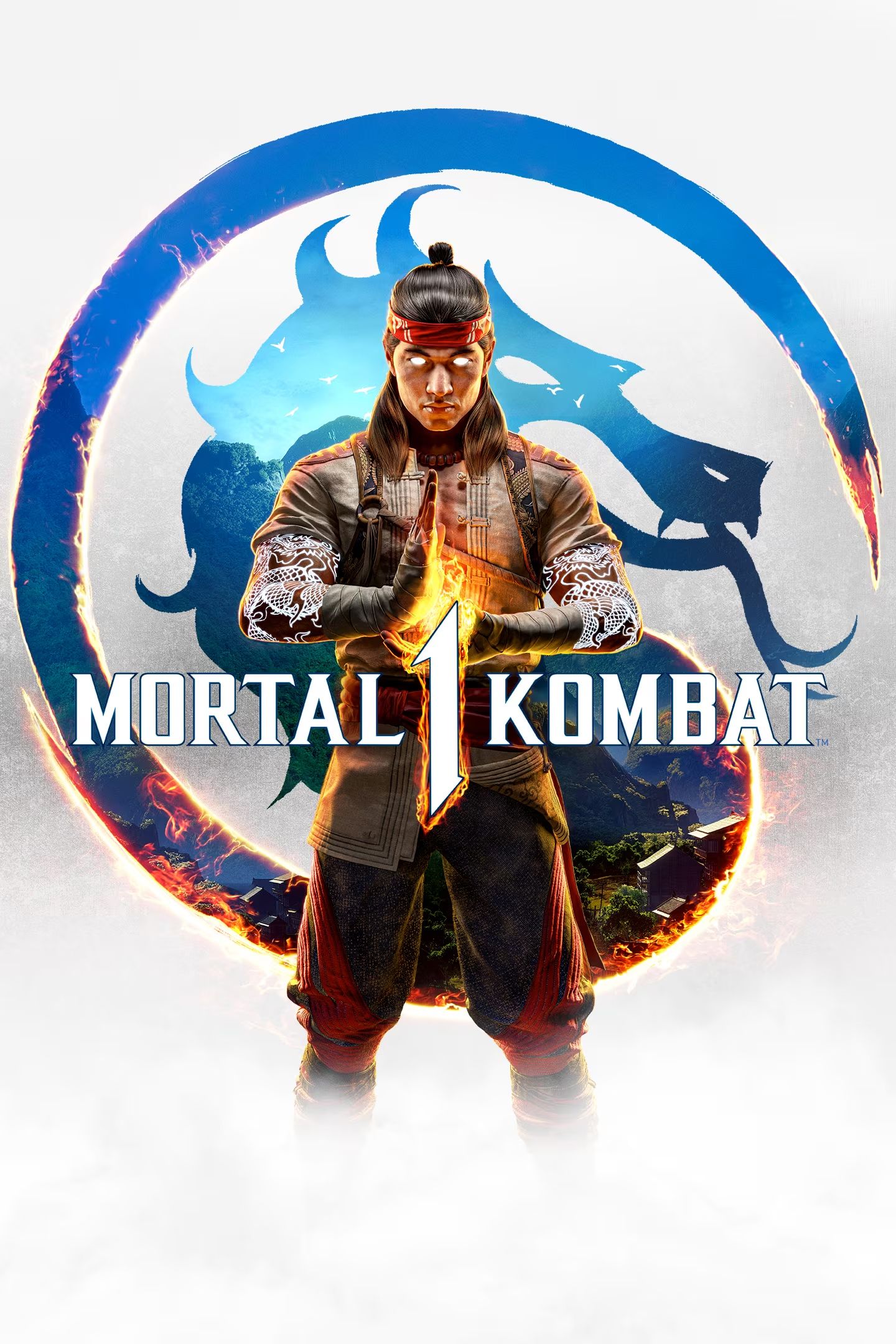Highlights
- Liu Kang's evolution throughout the Mortal Kombat series showcases the changing state of the franchise over time.
- His different iterations have received varying levels of appreciation from fans, with some versions being more memorable than others.
- Liu Kang's importance to the overall storyline of Mortal Kombat is significant, even though he may not have the same level of recognition as other iconic fighters like Scorpion and Sub-Zero.
Often considered the most heroic member of the main Mortal Kombat cast, Liu Kang is a character with a lasting legacy that has stretched into modern day. Since the release of the first Mortal Kombat over 30 years ago, Liu Kang has become far more than the simple Bruce Lee reference he originated as. While his importance to the overall storyline of the franchise may not be matched by the same iconic level of recognition afforded to fighters like Scorpion and Sub-Zero, Liu Kang has always been a core part of Mortal Kombat’s identity.
He hasn't featured as a playable character in every mainline release, but Liu Kang’s evolution has managed to represent the state of the Mortal Kombat series over time. One half of the staple duo he forms with Kung Lao, the two monks have even been featured in what is generally considered the most well-received spin-off of the franchise, Mortal Kombat: Shaolin Monks. While Liu Kang has stayed relatively consistent over the years given the honest protagonist role he tends to fill, his different iterations have garnered varying levels of appreciation from fans along the way.
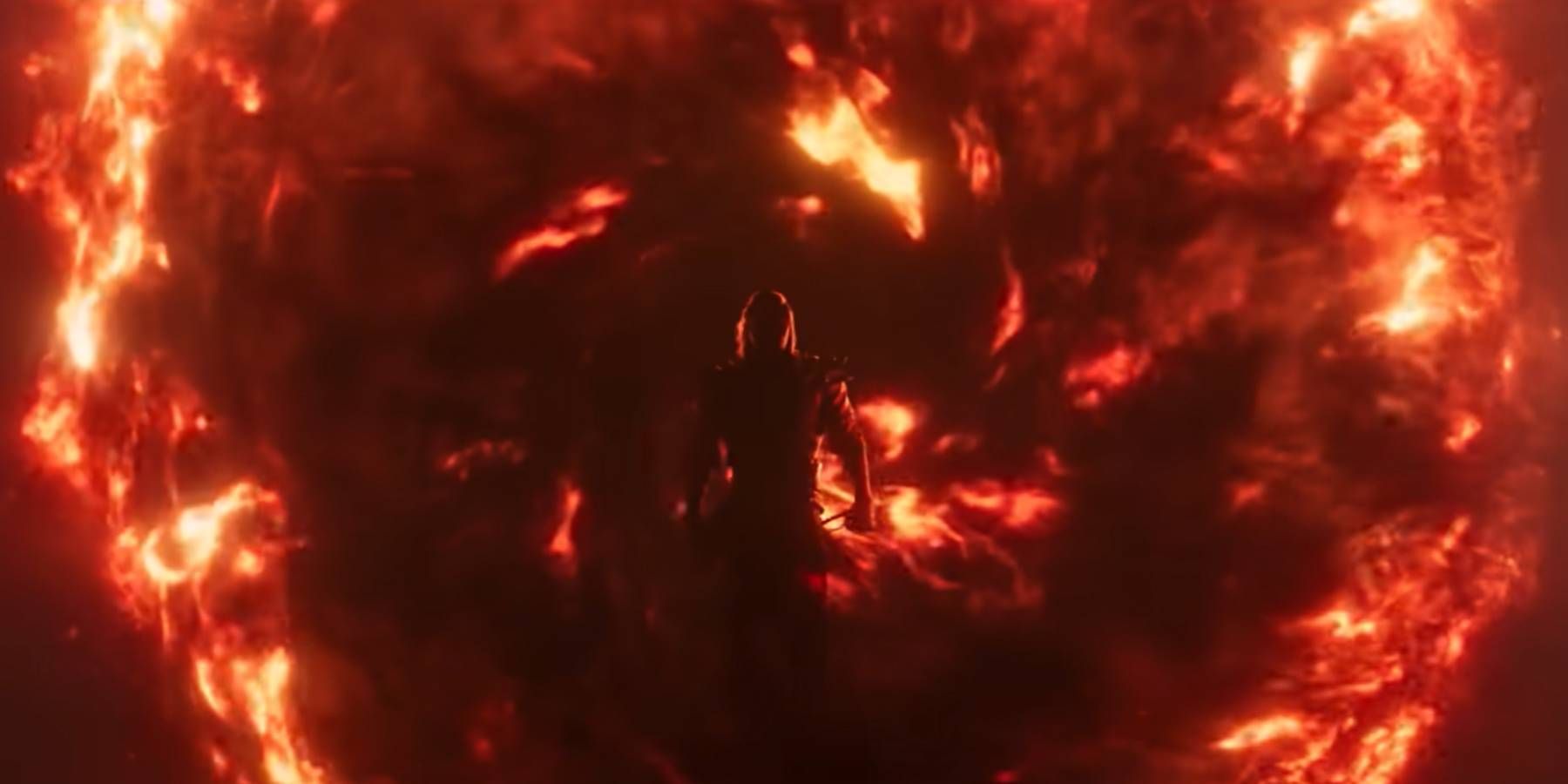
5 Major Characters Still Missing From Mortal Kombat 1's Roster
As the release date of Mortal Kombat 1 continues to approach, some of the series' most prominent figures have yet to be announced.
4 S-Tier
Mortal Kombat 1
In the biggest shift the character has ever seen, and possibly the most drastic change in status quo for the entire series so far, Liu Kang was officially promoted to the status of godhood in the base roster of MK1. Through the return of several upgraded classic moves, and new techniques befitting the Fire God, Liu Kang’s latest version is one of the most memorable kombatants the game has to offer. Featured prominently on the box art of a Mortal Kombat game for the first time, this interpretation of him is likely to continue appearing in subsequent releases as the replacement for Raiden.
Mortal Kombat (2011)
The revival of Liu Kang and Mortal Kombat alike, 2011’s reboot traveled back in time and brought him back to life as the protagonist fit to face Shao Kahn. As the highest fidelity version of his classic design that had ever existed at that point in terms of both appearance and moveset alike, this Liu Kang has remained one of the most definitive versions of the character in the eyes of many fans.
3 A-Tier
Mortal Kombat 11
Appearing as both his sinister revenant form and his younger, heroic self through the time manipulation of Kronika in the story of MK11, this incarnation of Liu Kang gave fans the best of both worlds. Technically the same version of himself from the previous two games, his central role in the ultimate resolution to the game’s story provided a satisfying conclusion to his arc as he ascended to the status of Fire God.
Mortal Kombat: Armageddon
Appearing once again as a zombie in the follow-up to Deception, Liu Kang provided much of the same despite the overall streamlining Mortal Kombat: Armageddon inflicted upon its massive roster. While he may have had a very similar presence as he did in his previous appearance, Zombie Liu Kang is famous among many fans of the PS2 era for his memorable part in this game’s opening cinematic that sees him striking fear into Shang Tsung during the titular Armageddon.
Mortal Kombat: Deception
While the existence of Liu Kang’s zombie form has always been a controversial part of Mortal Kombat’s history, many fans recognize that his undead era was one of the most creative experimental decisions the series has to offer. Forced to sit out Deadly Alliance after being killed by Shang Tsung and Quan Chi, Liu Kang shocked players when he was raised from the dead to appear in Deception.
Mortal Kombat X
In a controversial twist that canonically followed his death in MK9, this version of Liu Kang appeared as an undead revenant serving under Shinnok. Subjugated under both Quan Chi and Shinnok throughout this title’s story, the revenant form of Liu Kang is hardly associated with the menace and authority one would expect from a fallen hero of his power. Even his eventual fate as the ruler of the Netherrealm alongside Kitana fell flat in terms of impact for many players, but MKX Liu’s Kang’s core gameplay and alternate appearances offered much of his classic experience at least.
2 B-Tier
Mortal Kombat 3
Sticking closely to the evolution he received in MK2, the third iteration of Liu Kang confirmed that this look would be his signature appearance for years to come. With more detailed art assets and the best presentation of the classic era of MK, Liu Kang began to truly rise up to attempt to match the hype around icons like Mortal Kombat's Scorpion.
Mortal Kombat 2
The first time he donned his signature headband and red accents, this version of Liu Kang was vital to establishing the identity of his character in the long run. Everything was better and more developed in the series’ first sequel; MK2’s Liu Kang returned to defeat Shao Kahn once more and cement his place as the traditional hero of the franchise.
Mortal Kombat 4
MK4 is typically seen as a weaker entry of the overall Mortal Kombat franchise, and many of its iterations of characters also share this unfortunate distinction. His design in this game may have experimented with a look that departed from his classic outfit, but it ultimately pales in comparison to what came before and after alike. In the transition to 3D, some of the coolest aspects to Liu Kang’s gameplay didn’t quite translate in terms of weight and impact.
1 C-Tier
Mortal Kombat (1992)
In his first ever appearance, the character that would become the Liu Kang fans know today was not much more than a straightforward homage to Bruce Lee. Sharing this distinction with other popular fighting game characters like Fei Long and Marshall Law, it’s no wonder that more unique and distinct characters like Sub-Zero ended up taking the spotlight. While he may be relatively boring, the original Liu Kang still had the DNA that would later inform the character.

